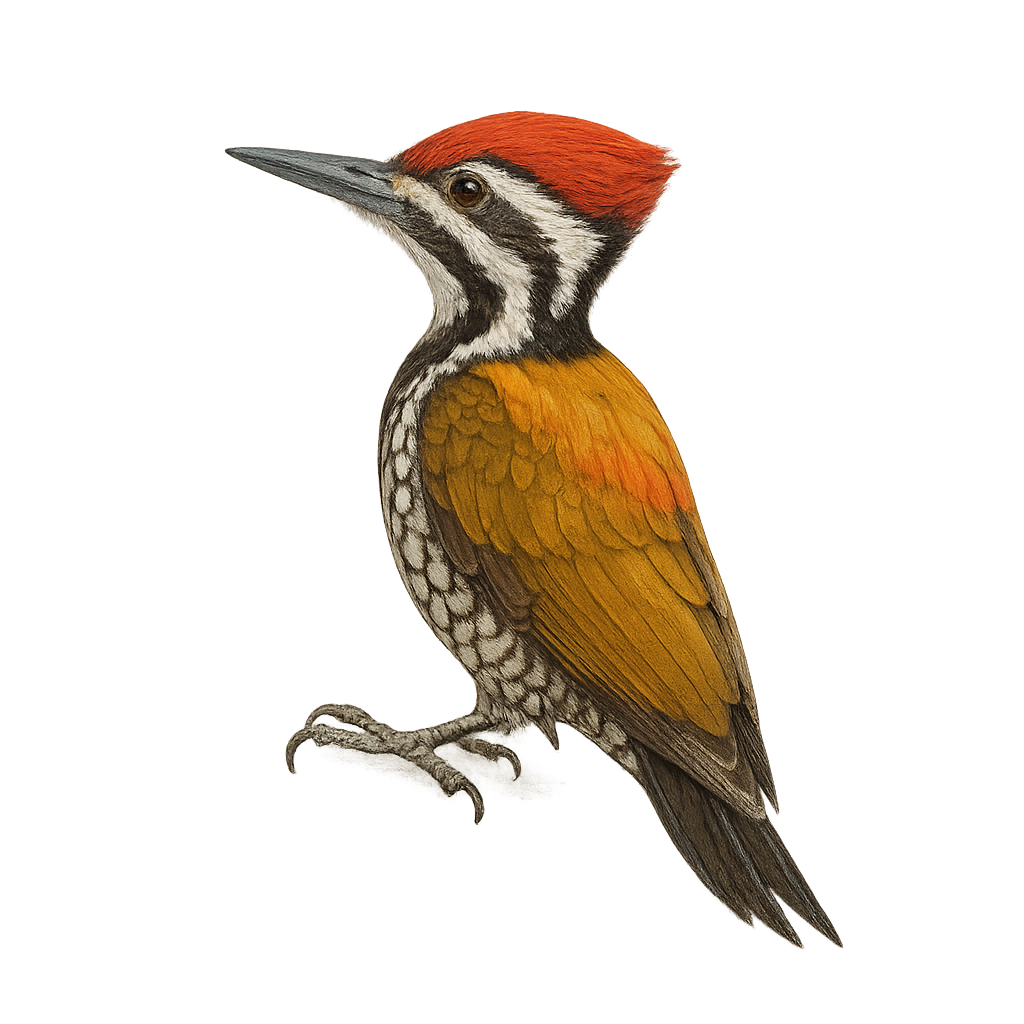Your wildlife photography guide.
Explore the himalayan flameback in detail, study its behavior, prepare your shots.
Where to observe and photograph the himalayan flameback in the wild
Learn where and when to spot the himalayan flameback in the wild, how to identify the species based on distinctive features, and what natural environments it inhabits. The WildlifePhotographer app offers tailored photography tips that reflect the himalayan flameback’s behavior, helping you capture better wildlife images. Explore the full species profile for key information including description, habitat, active periods, and approach techniques.
Himalayan Flameback
Scientific name: Dinopium shorii

IUCN Status: Least concern
Family: PICIDAE
Group: Birds
Sensitivity to human approach: Suspicious
Minimum approach distance: 10 m
Courtship display: March to April
Incubation: 14-16 jours
Hatchings: March to May
Habitat:
subtropical forests, tropical moist forests
Activity period :
Primarily active during the day, with peak activity in the morning and late afternoon.
Identification and description:
The Himalayan Flameback, or Dinopium shorii, is a captivating bird from the Picidae family, known for its striking plumage and distinctive patterns. It features a brilliant golden back, contrasting with a bright red head in males, while females have a black cap. This bird is primarily found in the subtropical and tropical moist forests of the Indian subcontinent, where it feeds on insects dislodged from tree bark with its strong beak. The Himalayan Flameback is a diurnal bird, active mainly during the day. Although generally suspicious, it can sometimes be spotted at altitudes ranging from 200 m to 1500 m. Its population is currently stable, and it is classified as "least concern" by the IUCN.
Recommended lens:
400 mm – adjust based on distance, desired framing (portrait or habitat), and approach conditions.
Photography tips:
To photograph the Himalayan Flameback, it is advisable to use a telephoto lens of at least 400mm to capture the details of its striking plumage without disturbing it. Look for dense forest areas where these birds are active, and be patient, as they can be suspicious. Use a tripod to stabilize your camera and wait for the right moment to capture the bird in full activity, such as when it is feeding or drumming on a tree. The natural light of the morning or afternoon can offer the best conditions to highlight the bright colors of its plumage.
The WildlifePhotographer App is coming soon!
Be the first to explore the best nature spots, track rutting seasons, log your observations, and observe more wildlife.
Already 1 439 wildlife lovers subscribed worldwide

